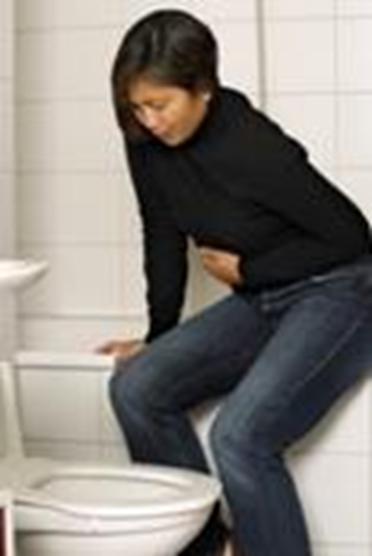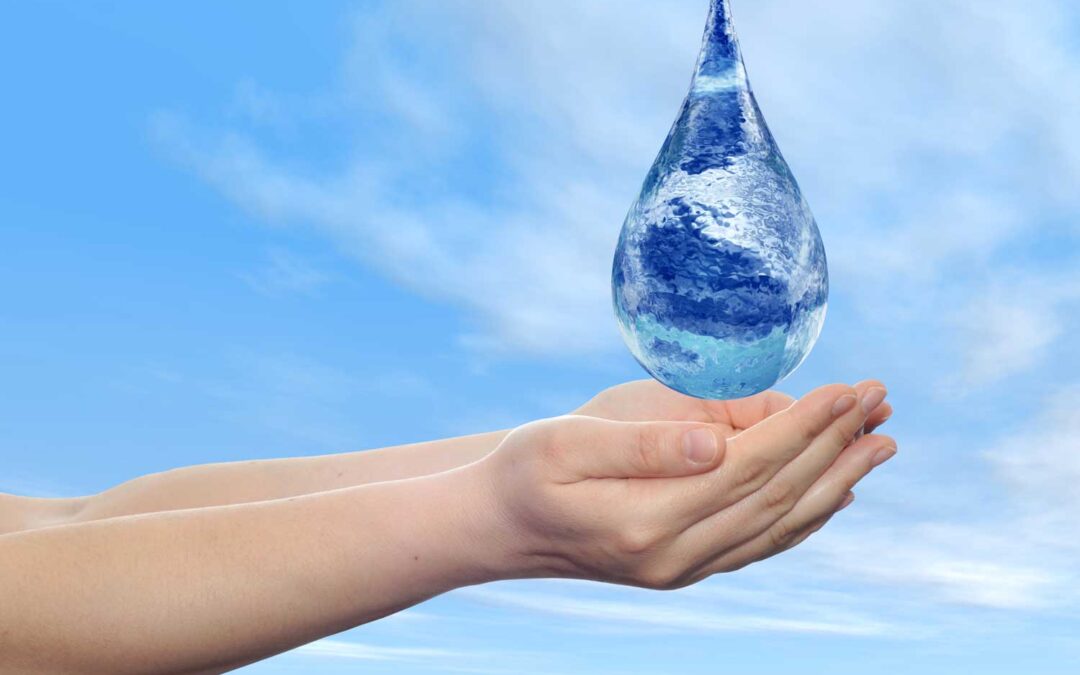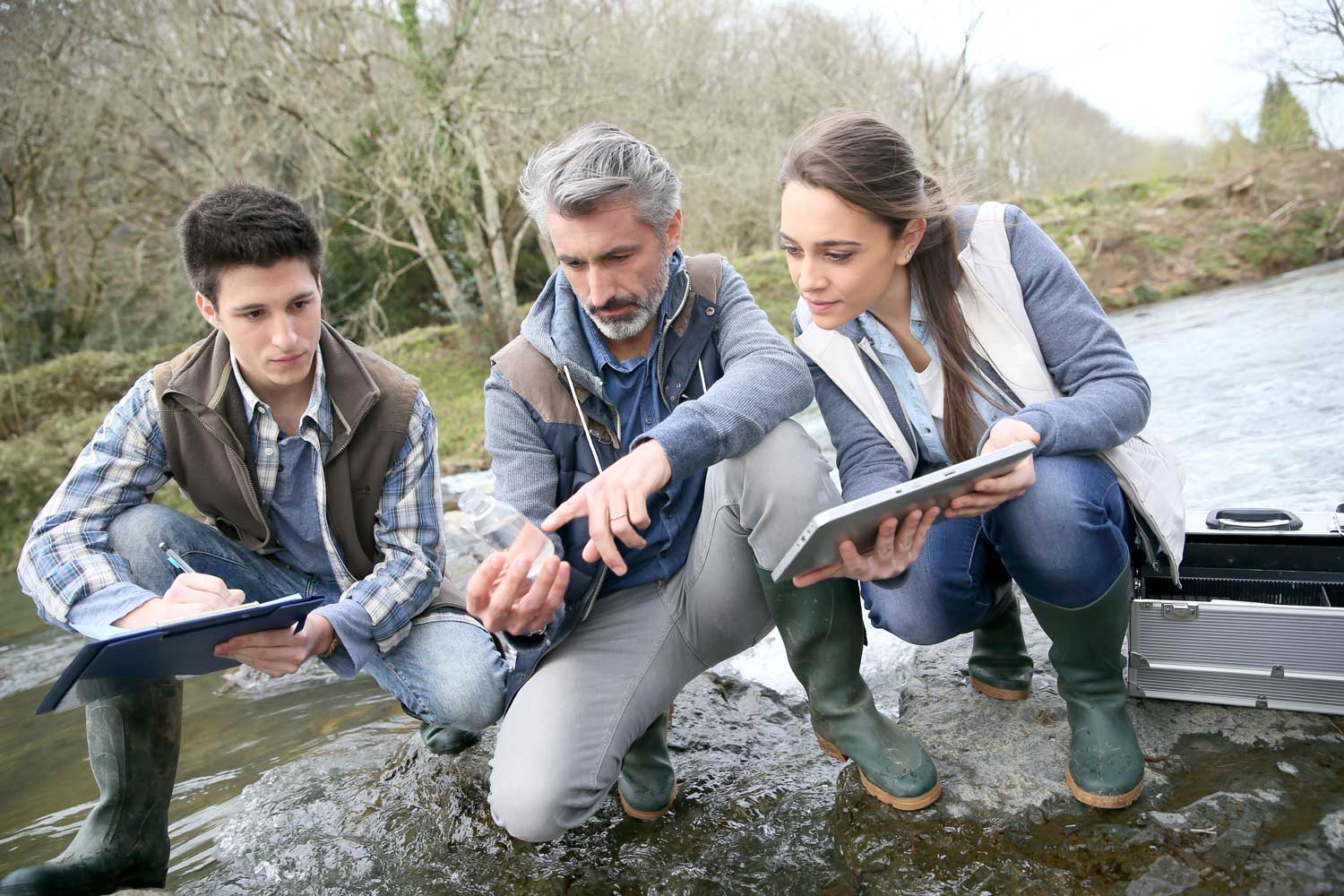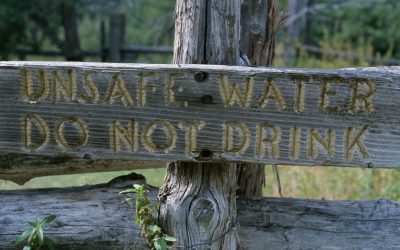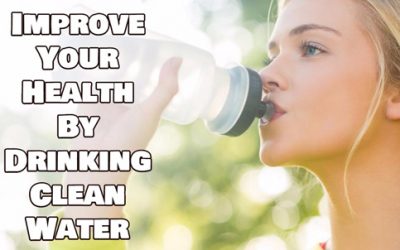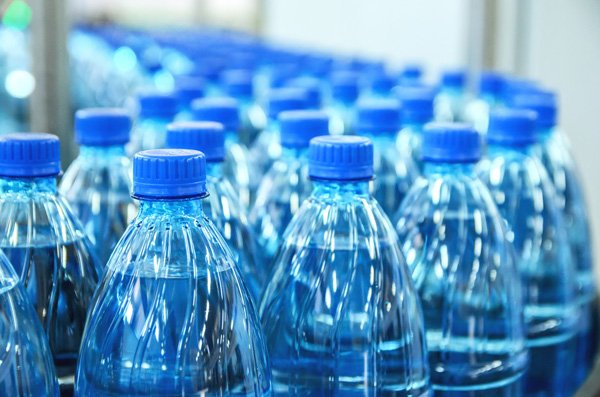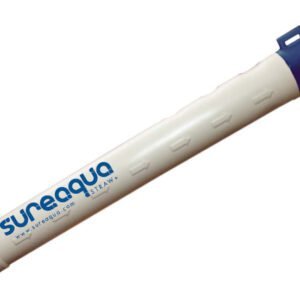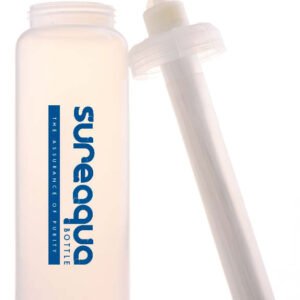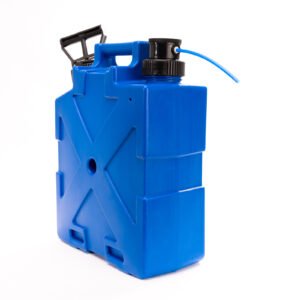Portable Water Filtration Perfect for Camping When you’re camping or hiking, you don’t want to load yourself down. After all, you’re getting away from it all, not taking it all with you. You want compact camping equipment and ultralight hiking gear, but you also need...

Choosing A Water Filter For Travel
Choosing A Water Filter For Travel
When people take a trip abroad whether it is for a holiday or for organization, many will pack the typical items such as toiletries and clothes. A lot of, however, never prepare what they’ll be eating or consuming when they travel. Understanding what you’ll be drinking or eating, nevertheless, is probably more crucial than the clothing you’ll be bringing along.
Do you understand what is in the water you drink? Numerous people incorrectly presume that tap water is safe to drink and is tidy, clear, pure, and safe. Even if the water from a water source appears to be clear, clean, and safe to consume, consuming water from unidentified sources or in countries where potable water can not be taken for granted might be harmful to your health.
Short Fact

How dangerous is the water I am drinking?
The potential for hazardous chemicals (mercury, lead, arsenic, etc), bacteria, fungis, parasites, rust and other contaminants residing in water is growing worldwide. The sort of fresh uncontaminated water readily available a century back is more difficult and more expensive to obtain due to industrialization and a growing population. If the appropriate preventative measures aren’t taken to treat the water, drinking polluted water can cause extreme health problem or disease, even death.
That’s where water filters been available in. Water filters and water filtering systems have become a popular solution recently for faucet water. The best filter will not just deal with bad tasting faucet water however will likewise treat contaminated water.
People take a range of actions to deal with the water they consume in the house. They may:
- Install faucet filters, sink filters or a total home water filtration system
- Pour the water through pitchers with a canister purification systems such as Brita prior to drinking
Did you know nearly 20% of your body mass is Carbon!
What about the travelling?
All these may work well for drinkable water in developed countries where water from the tap is for the many part, safe to consume. For the mobile warrior, a water bottle with a constructed in water filtering system might do simply the trick.
Would you trust your life as well as your liked ones with simply any water filter to get the emergency water you require? Consider this, if you had to go so far as to obtain water from an unknown river or source, would the water be drinkable after water treatment?
- What companies or companies back or utilize the item
- What independent studies or tests has the water company done to show the ability of their water cleanser to eliminate pollutants
- What federal government bodies have actually authorized the treatment approaches
- What stringent quality guidelines do they follow in the manufacture of these water purifiers
- How does the purified water taste after treatment
- How numerous specific impurities does it get rid of
- What bacteria or fungis can it eliminate
All these are very important questions to answer. Be sure to look closely at their item requirements. So, before you go on any journey to a foreign country, keep in mind to pack along with you a tested water treatment system all contained within the benefit of a water bottle.
Even if the water from a water source appears to be clear, clean, and safe to consume, consuming water from unknown sources or in nations where drinkable water can not be taken for given could be dangerous to your health.
Water filters and water purification systems have become a popular service lately for tap water. The best filter will not only deal with bad tasting tap water however will likewise treat contaminated water. Be very careful for many portable water filters are not the same. Make sure you read the fine print. Especially the quality and manufacturer.
Would you trust your life as well as your loved ones with just any water filter to get the emergency water you require? Consider this, if you had to go so far as to acquire water from an unidentified river or source, would the water be drinkable after water treatment?

